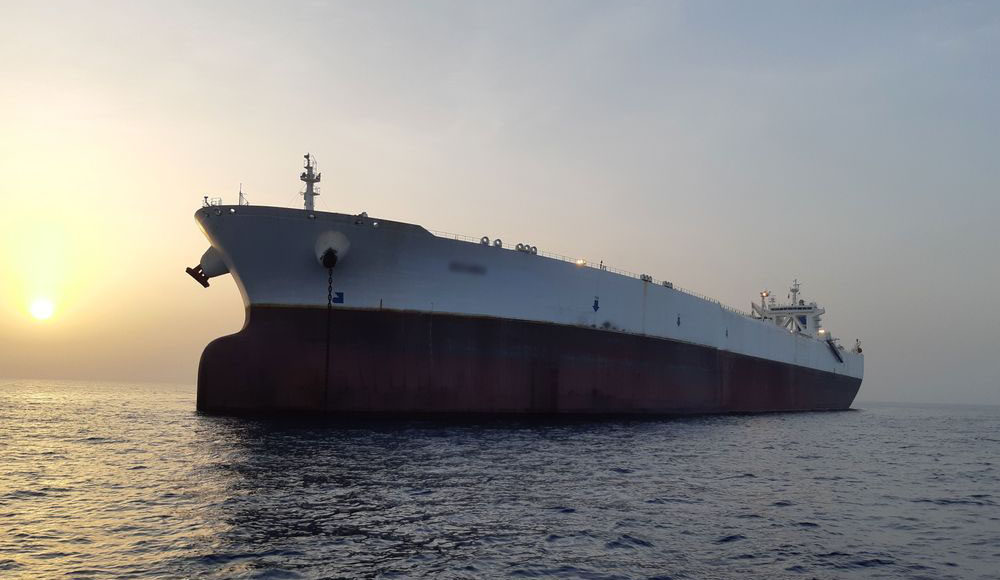Warnings about a looming oil and gas supply gap continue to increase with a new report pointing out that the oil and gas industry will have to overcome its pandemic-induced retrenchment and boost investment by at least 25% annually over the next three years to avoid a grim outcome.
The report, released Thursday by the International Energy Forum (IEF) and Boston Consulting Group (BCG), warns that weak energy demand caused by the coronavirus pandemic and subsequent investment cuts by companies will have repercussions through a future supply shock.
“Although upstream investment has peaked for now, ongoing demand for oil and gas will necessitate an increase soon. Without sufficient investment, a reduced supply of oil and gas could lead to higher prices and greater market volatility, slowing the global economic recovery and jeopardizing energy security, and international goals,” the report concludes.
Guyana has been one of the few locations where the pandemic-induced shut-ins and curtailment in exploration have not adversely affected operations, with ExxonMobil, operator at the prolific Stabroek block, forging ahead with its deepwater work programme.
Development of Guyana’s mega oil fields crucial as major shortfall in world supply expected
This is despite capital expenditures by oil and gas companies plummeting by 34 percent this year and, according to the report, early assessments indicate further reductions of 20 to 30 percent in 2021.
IEF Secretary General Joseph McMonigle said the global community must continue the race to the energy transition but also needs to be cognizant of this potential new fallout caused by the pandemic. “Given that producing natural oil and gas wells decline over time, slashing investment in new production locks in lower total supply,” McMonigle said. “While that may not pose an immediate threat to oil and gas markets, it won’t be long before this lower supply collides with resurgent demand. The result will be higher and more volatile oil prices and headwinds for the post-pandemic global economic recovery.”
The report takes note of forecasts from the International Energy Agency (IEA) and the Organization of Petroleum Exporting Countries (OPEC) that project oil demand will peak in the next ten years. However, the report states that both IEA and OPEC believe that another 27 million to 30 million barrels of oil equivalent (mmboe) will be needed by 2022 to close the gap between production declines and demand levels. The report adds that the agency forecasts expect these required levels increase to 68 mmboe to 70 mmboe by 2030.
Guyana is expected to be producing upwards of 750,000 barrels of oil per day by 2026 from five developments at the Stabroek block. This will increase by the end of the decade to around ten which will push production beyond the 1 million barrels per day mark.
ExxonMobil has so far found approximately 9 billion barrels of oil equivalent resources at the Stabroek block with significant room for more discoveries offshore the South American country.



